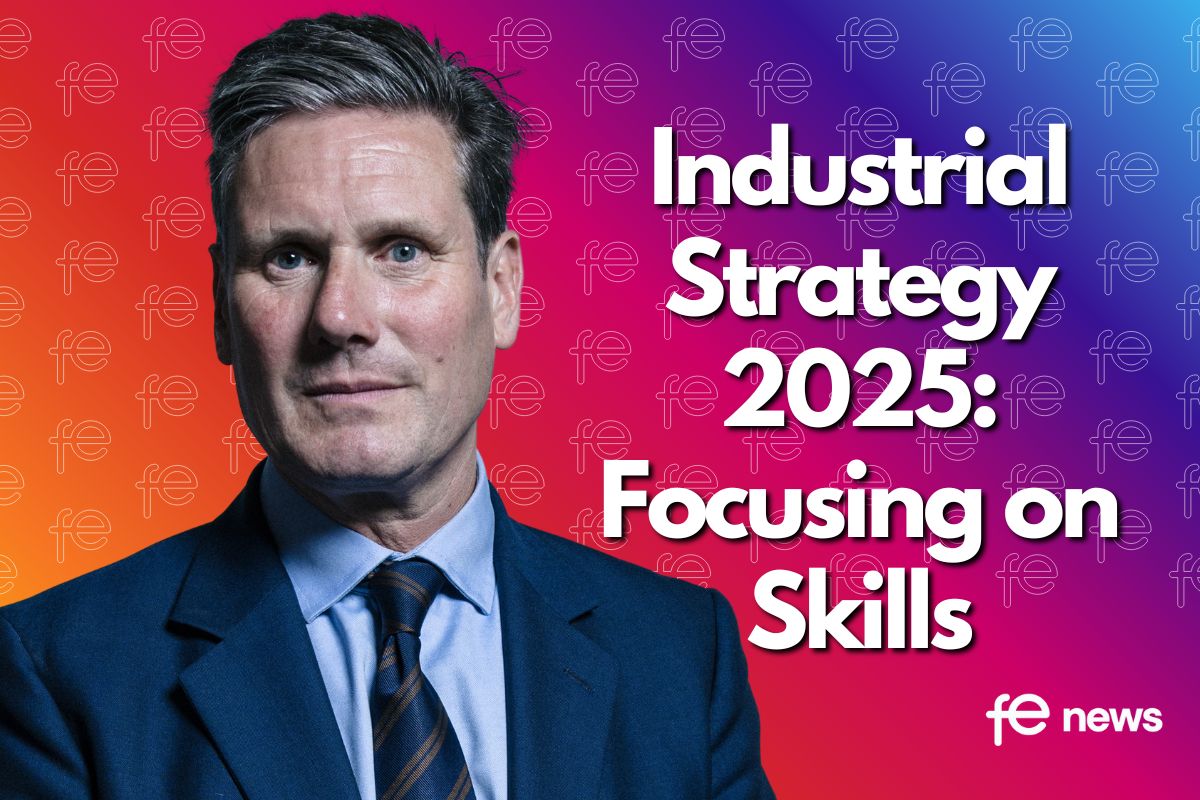Why AI Alone Won’t Fix EdTech and Educators Are The Missing Piece in the Puzzle

The global education market is on track to hit $10 trillion by 2030. Yet, EdTech investment has dropped to its lowest since 2014, with just $2.4 billion recorded in 2024. If education is thriving, why is confidence in EdTech fading?
The rush to integrate AI has led to a focus on automation rather than innovation that genuinely enhances learning. Too often, technology is designed to replace traditional teaching methods rather than enhance them. The missing piece here is educators. If EdTech is to succeed, AI must be developed with educators at the centre, instead of replacing them. Technology alone cannot create the deep learning experiences that students need; human expertise still remains irreplaceable.
Why Educators Matter in AI-Driven EdTech
As AI becomes more embedded in education, it must enhance and extend the educator’s influence, not sideline it. AI is a powerful tool, but without the guidance and insights of experienced teachers, its impact is limited. In some cases, over-automation has led to ineffective learning experiences, where students engage with AI-driven platforms but lack meaningful human interaction. For AI to truly benefit the educational landscape, it must be implemented in a way that enhances and extends the educator’s influence, not replaces it. When AI is developed in collaboration with educators, it becomes an asset by improving lesson delivery, enhancing personalisation, and fostering student engagement.
A great example is AI-powered tutoring tools. When used properly, they help teachers identify struggling students early and provide targeted support. But when deployed without educator involvement, these tools often fall flat, failing to engage students or keep them motivated.
What We Can Learn From AI in Chess and Technology
History has shown that AI can thrive alongside humans, not instead of them. Chess grandmaster Garry Kasparov learned this firsthand when he famously lost to IBM’s Deep Blue in 1997. Rather than viewing AI as an opponent, he pioneered “Advanced Chess,” a model where human intuition and machine computation combine to make better decisions. AI, when used correctly, doesn’t replace expertise, it enhances it. This also applies directly to education. AI can process vast amounts of data and optimise learning paths, but without educators guiding its use, it lacks the context, adaptability, and emotional intelligence that makes learning truly effective. When AI is integrated thoughtfully, it has the power to make teachers more impactful, not redundant.
Similarly, Apple co-founder Steve Wozniak has long advocated for AI as a collaborative tool rather than a replacement. He argues that while AI can assist in education, real learning comes from engagement, curiosity, and critical thinking, qualities that machines cannot instill in learners.
The Pitfalls of AI-Only Learning
Recent data highlights the challenges of AI-driven, app-based learning. In a recent survey conducted by Wall Street English, 55.2% of language app users reported feeling neutral or unconfident about their speaking abilities after completing courses. AI-powered apps do provide convenience and accessibility, however, they often fail to build real-world confidence.
Gamified learning and constant notifications can create psychological stress, leading many users to disengage. Our survey found that nearly 1 in 3 users quit due to anxiety, pressure, or burnout, while 28% of users feel extremely unconfident in their language abilities even after extensive app usage, a sign that the programmes set out for them are failing. AI-based platforms excel at structured repetition, but without human interaction, learners often struggle with motivation and real-world application. The solution isn’t to eliminate AI from learning, but to integrate it in ways that complement human teaching.
The Future of EdTech is AI + Teachers, Not AI Alone
The English Language Learning market is expected to reach $91.1 billion by 2031, fueled in part by AI-driven platforms that offer real-time pronunciation feedback and personalised exercises. But even here, real fluency often develops through human interaction, live instruction, coaching, and peer collaboration.
The most forward-thinking EdTech companies understand this balance and develop AI tools designed to enhance, rather than replace, human-led learning experiences. As Wozniak pointed out, passion for learning is key, and no amount of automation can replace the role of an inspiring teacher.
How EdTech Can Get It Right
For AI to gain traction in education, EdTech companies need to rethink their approach:
- Involve educators in AI development from the start to ensure tools are designed with real classroom needs in mind
- Train teachers to integrate AI into their instruction, making it a partner rather than a competitor
- Use AI to personalise learning, not replace student-teacher interaction
- Gather feedback from real-world classroom experiences to refine and improve AI applications
Embracing a Collaborative Future
The future of EdTech isn’t about choosing between AI and educators, it’s about ensuring they work together to create more effective learning experiences. AI brings efficiency, data-driven insights, and scalability, but only when paired with human expertise does it truly unlock its potential.
As Kasparov once said, “We’re not replaced; we’re being promoted.” The challenge for EdTech companies isn’t just developing better AI, but ensuring that innovation is driven by pedagogy, not just technology. By prioritising educator-led AI adoption, the sector can build a future where learning is not only more advanced but also more human-centred.
By Roberto Hortal, Chief Product & Technology Officer at Wall Street English












Responses